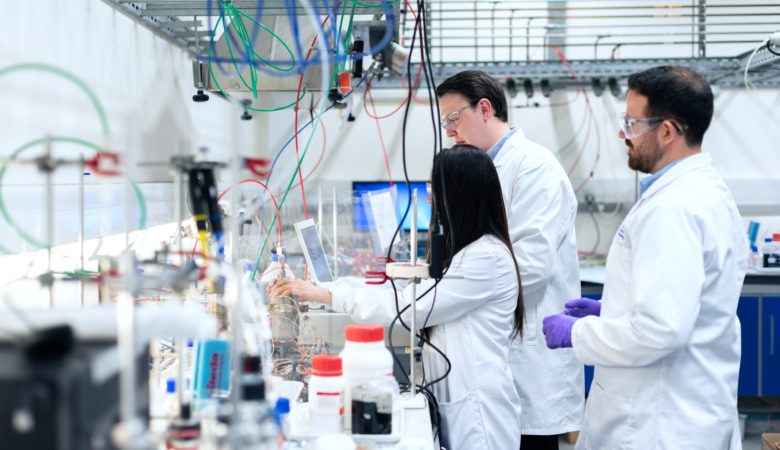Celebrating 40 Years of the Bayh-Dole Act and American Innovation
The Bayh-Dole Act is one of the leading pieces of legislation underpinning intellectual property and patent rights protections in the United States. Passed in late 1980 by Senators Birch Bayh (D-Ind.) and Robert Dole (R-Kan.), this Act truly was a turning point in U.S. government innovation policy that allowed the cultivation and development of new, life-saving technologies.
Prior to the enactment of the Bayh-Dole Act, many not-for-profit entities, such as universities and research centers, were unable to take ownership of inventions that were discovered using federal funding, as the government retained possession of all patents issued in such cases. This limited the ability of research centers or private entities to use or market novel innovations created to solve everyday problems, as the government retained exclusivity. Among the many hallmark contributions of the Bayh-Dole Act is that it allowed universities to patent innovations that were discovered with the aid of federal funding. It sparked a wave of research as universities added offices devoted to filing patents, marketing intellectual property, and dusting off laboratory shelves to see what innovations were ready to go to the market.
The incentive to patent inventions arising from federally funded research was low prior to the Act’s passage. Nearly 30,000 technologies were sitting around waiting for government approval with no plan for further development. With the implementation of the Act, the number of university-based patent applications rose and has led to strong economic and technological development in the U.S.
Most notably, the Act has bolstered American entrepreneurship, especially in the biotech and biopharma industries. Since the Act’s passage, over 200 drugs and vaccines have been developed and approved, allowing for continued growth in the industry into the future, which is critical especially during the COVID-19 pandemic. When the Act was first introduced in 1980, less than 10% of new drugs were introduced in the U.S. and by 2010 that number rose to over 60% of new drugs being introduced in the U.S. first. This astonishing jump set off an unparalleled time of growth and development in scientific innovation and has been the result of “a series of intentional policy actions” the U.S. government has taken in regard to patent protection.
The Act has also levied large economic impacts, as it has contributed over $1.3 trillion to U.S. economic development, over 4.2 million jobs, and over 11, 000 new university startups. This Act has directly resulted in technological advancements that have improved quality of life, through drug and food innovation, as well as increased communication technology and industrial technologies. The development of technology transfer, a benefit of this act, has also allowed the American public to benefit from scientific innovation and has grown public-private partnerships in regard to innovation and technological development.
With the success this policy has had on the American innovative economy, many countries have enacted versions of their own to boost their innovative competitiveness. Such countries include Brazil, China, Singapore, the U.K, Germany, the Philippines, Japan, and many more. Many developing countries that rely heavily on industrial development have been implementing patent laws protecting publicly funded research and have allowed the world to benefit from increased patent protections and funding in R & D.
With the protection of intellectual property around the world being more critical than ever due to the COVID-19 pandemic, patent protections, especially regarding university and pharmaceutical research, has helped spawn innovation and quicker progress in vaccine R & D. Thus, to ensure the future of innovation, good policies, like the Bayh-Dole Act, are needed to protect the world’s much needed innovative economy.
Photo Credit: ThisisEngineering RAEng

